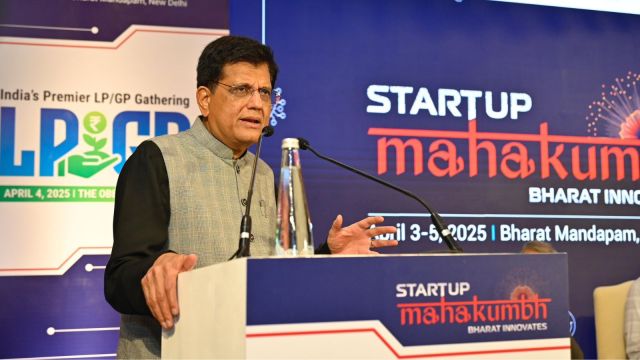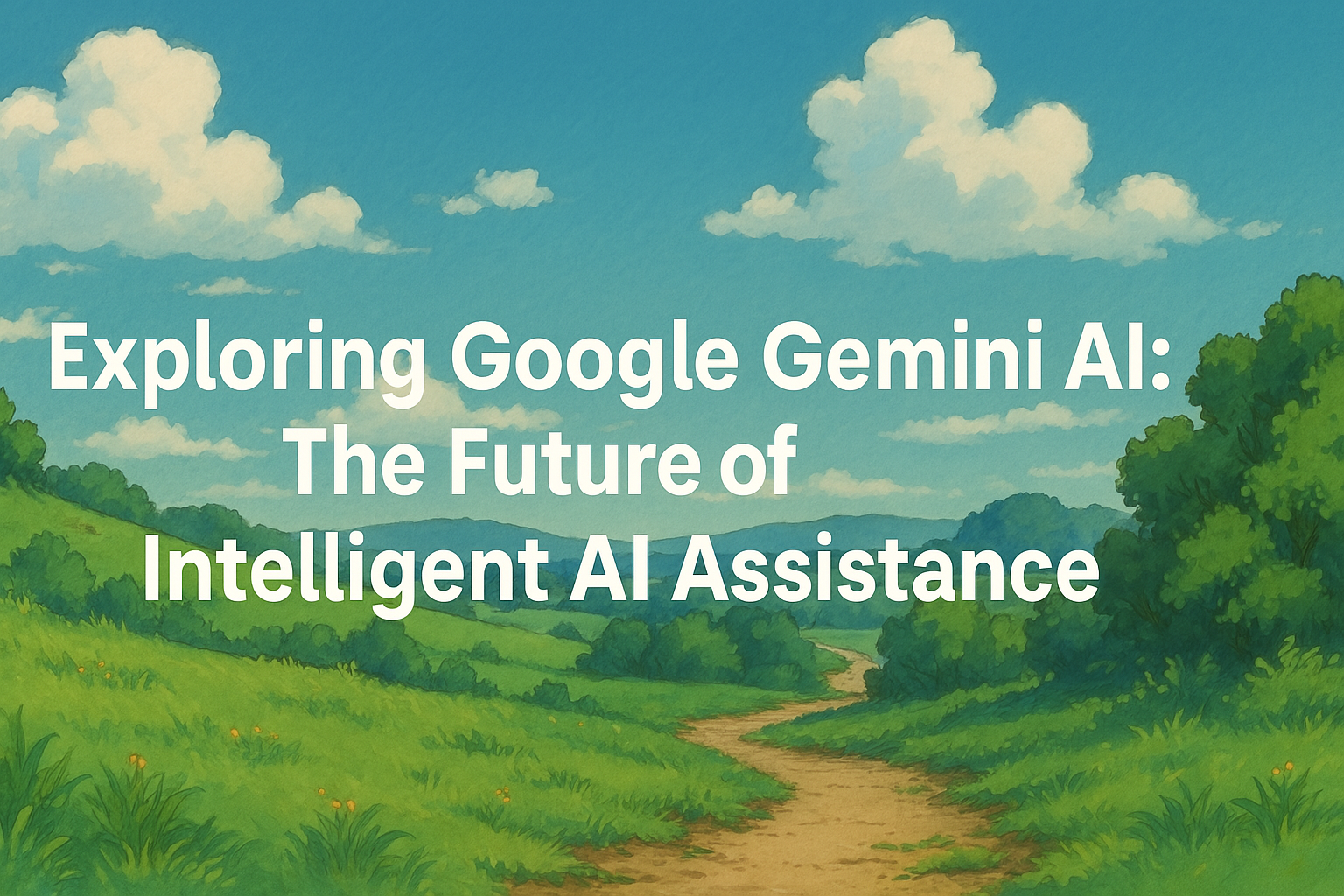Exploring the Future of Creativity
With the rise of Artificial Intelligence (AI), industries worldwide are witnessing transformative changes, and graphic design is no exception. This question lingers in the minds of many: Can graphic design be replaced by AI? While AI tools are revolutionizing the design process, the answer lies in understanding the unique roles of human creativity and machine efficiency.
The Role of AI in Graphic Design
AI has brought incredible advancements to graphic design through tools like Canva, Adobe Sensei, and Figma’s AI integrations. These tools enable designers to automate repetitive tasks, generate design templates, and even suggest creative ideas. For instance, AI-powered features such as background removal, color palette suggestions, and layout generation have significantly sped up the design process. Keywords like "AI in graphic design" and "AI-powered tools for creatives" are becoming trending search terms, reflecting the growing interest in this intersection.
Limitations of AI in Creativity
While AI excels in efficiency, it lacks the emotional intelligence and cultural context that human designers bring to the table. Graphic design is more than just visuals; it’s about storytelling, conveying brand identity, and connecting with audiences on a deeper level. AI cannot replicate the intuition and empathy required to create designs that resonate emotionally with users. Trending phrases like "AI vs human creativity" and "emotional design in branding" highlight this critical gap.
Human Designers vs AI: A Collaborative Future
Rather than viewing AI as a threat, many experts see it as a tool for collaboration. By leveraging AI’s capabilities, graphic designers can focus on more strategic and creative aspects of their work. For example, AI can handle tasks like resizing images or creating variations of a design, while designers concentrate on developing impactful brand stories and unique aesthetics. Keywords like "AI-assisted graphic design" and "collaborative tools for creatives" are essential in this conversation.
The Importance of Human Touch in Branding
Branding is a nuanced process that demands a deep understanding of target audiences, market trends, and cultural subtleties. Human designers can adapt to evolving trends, think outside the box, and deliver designs with authenticity—qualities that AI currently cannot replicate. Searches for terms like "branding strategies with AI" and "human-centric design" highlight the ongoing demand for human creativity in branding.
Will AI Replace Graphic Designers?
While AI will undoubtedly continue to influence graphic design, it is unlikely to replace human designers entirely. Instead, it will redefine roles, requiring designers to adapt and learn how to integrate AI into their workflows. Staying updated on skills like AI tool integration, advanced design software, and creative problem-solving will ensure that human designers remain indispensable in the industry.
Trending keywords such as "future of graphic design jobs," "AI-driven creativity," and "upskilling for designers" indicate the need for continuous learning and adaptation.
Conclusion
AI is reshaping the graphic design landscape, but it cannot replace the artistry, intuition, and emotional depth of human designers. The future lies in a harmonious collaboration between AI technology and human creativity, where designers leverage AI tools to enhance their work rather than replace it. By understanding the strengths and limitations of both, the graphic design industry can continue to thrive in this digital era.






Leave a comment on the Blog